-
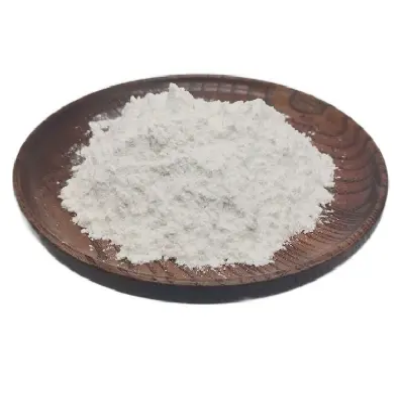
3-Methylamino-1,2-propanediol CAS:40137-22-2
3-Methylamino-1,2-propanediol, with the molecular formula C4H11NO2, is a valuable compound utilized in organic synthesis and pharmaceutical research. This colorless liquid features a methylamino group and hydroxyl groups on a three-carbon chain, making it an essential building block for the production of complex organic molecules. Its versatile reactivity allows for the introduction of functional groups and modification of biomolecules, contributing to its application in drug discovery and medicinal chemistry.
-

Cyclopropyl acetylene CAS:6746-94-7
Cyclopropyl acetylene is a chemical compound with the molecular formula C5H6. It is a highly reactive and flammable liquid that is used in organic synthesis to create various complex molecules. This compound contains a cyclopropyl ring and an acetylene group, making it a valuable building block in the field of chemistry.
-

Chloromethyl isopropyl carbonate CAS:35180-01-9
Chloromethyl isopropyl carbonate is a chemical compound used in organic synthesis. It contains a carbonate group with a chloromethyl and isopropyl side chains, serving as a versatile building block in the creation of various compounds.
-
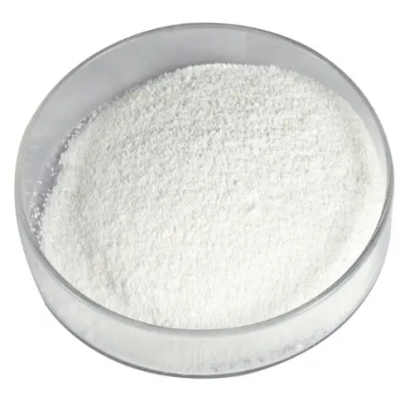
2-Chloromethyl-3,4-dimethoxypyridinium chloride CAS:72830-09-2
2-Chloromethyl-3,4-dimethoxypyridinium chloride is a chemical compound with potential applications in organic synthesis. It features a pyridine core structure with chloromethyl and dimethoxy groups, making it useful as an intermediate in various chemical reactions.
-
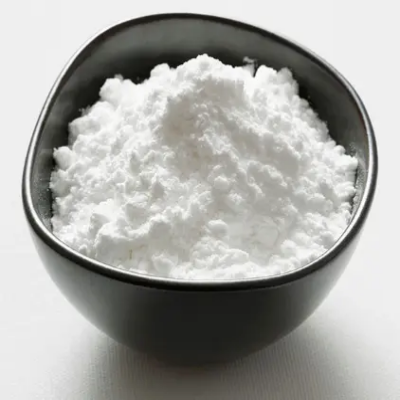
4-Hydrazinobenzoic acid CAS:619-67-0
4-Hydrazinobenzoic acid is a chemical compound with the molecular formula C7H8N2O2. It is a crystalline solid and is utilized in organic synthesis for its role as a versatile building block in the preparation of pharmaceuticals and dyes due to its unique structure.
-

2-Amino-1,3-propanediol CAS:534-03-2
2-Amino-1,3-propanediol, with the molecular formula C3H9NO2, is a chemical compound commonly used in organic synthesis and pharmaceutical applications. This colorless liquid features an amino group and hydroxyl groups on a three-carbon chain, making it a versatile building block for creating complex organic molecules. Its reactivity allows for the modification of biomolecules and introduction of functional groups, contributing to its role in drug discovery and medicinal chemistry.
-

2,4-Dichloropyrimidine CAS:3934-20-1
2,4-Dichloropyrimidine is a chemical compound with the molecular formula C4H2Cl2N2. It is a colorless solid that is used in the synthesis of pharmaceuticals and agrochemicals. This compound has two chlorine atoms attached to a pyrimidine ring structure, making it a valuable building block in organic chemistry.
-

(R)-3-amino-1-butanol CAS:61477-40-5
(R) -3-amino-1-butanol, also known as enantiopure 3-amino-1-butanol, is a chiral compound with the chemical formula C4H11NO. It is commonly used in organic synthesis and pharmaceutical research due to its unique stereochemistry.
-
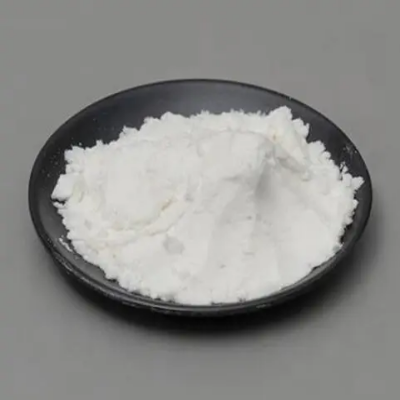
1,3-Diamino-2-hydroxypropa CAS:616-29-5
1,3-Diamino-2-hydroxypropane is a chemical compound with the molecular formula C3H10N2O. It is commonly used as a versatile building block in organic synthesis and pharmaceutical research. This colorless liquid features two amino groups and a hydroxyl group on a three-carbon chain, making it suitable for various reactions to form complex organic molecules. Its unique structure allows for the introduction of functional groups and modification of biomolecules, enabling its application in drug discovery and medicinal chemistry.
-
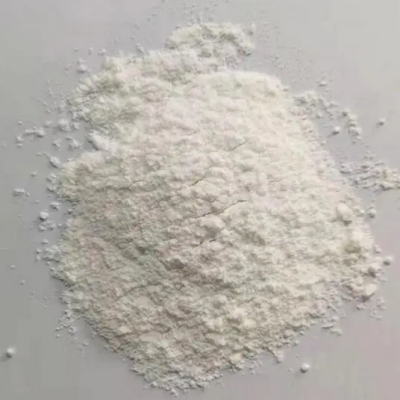
methyl 5-(benzyloxymethyl)piperidine-2-carboxylate hydrochloride CAS:2891597-12-7
Methyl 5-(benzyloxymethyl)piperidine-2-carboxylate hydrochloride is a piperidine carboxylate salt substituted with an ester, benzyl ether and benzyl protecting groups. This structural motif offers multiple possibilities for nucleophilic substitution and additions through its piperidine nitrogen and ester functionality.
-

tert-Butyl 5-amino-3,4-dihydroisoquinoline-2(1H)-carboxylate CAS:201150-73-4
tert-Butyl 5-amino-3,4-dihydroisoquinoline-2(1H)-carboxylate is a heterocyclic compound containing a dihydroisoquinoline ring system substituted with an exocyclic amine and tert-butoxycarbonyl protecting group. This enables diverse substitutions and additions at both the amine and carbamate functionalities.
-
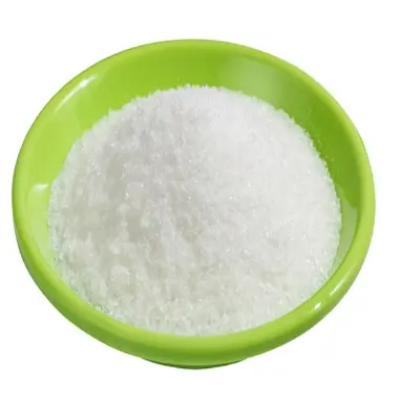
tert-butyl 4-ethyl-2,2-dimethyl-3-oxopiperazine-1-carboxylate CAS:1936596-50-7
tert-butyl 4-ethyl-2,2-dimethyl-3-oxopiperazine-1-carboxylate is a heterocyclic compound containing a piperazine ring substituted with ketone, methyl groups, an ethyl group and tert-butoxycarbonyl protecting group. This structure engages in nucleophilic additions and substitutions through its ketone and carbamate moieties.

